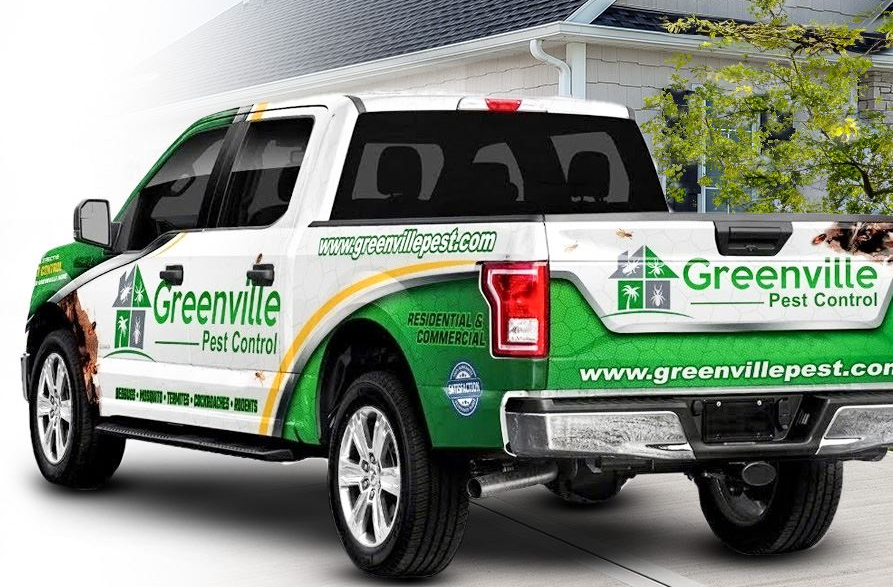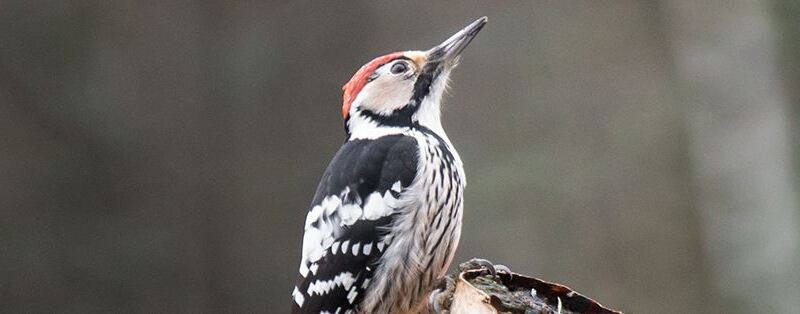When you think of birds, your mind probably goes to bluebirds, chickadees, and other pretty songbirds that visit your yard. But not all birds bring joy. Some cause serious problems for property owners.
We’ll explain why birds aren’t always helpful and why you might need bird control.

Which Birds Cause Problems?
Not all birds are problematic. The main troublemakers are:
- Pigeons – Common in urban areas, they often gather in large groups
- Starlings – Travel in flocks and can take over building exteriors
- House sparrows – Small but destructive, especially to building materials
- Gulls – Particularly problematic near water or food sources
While native songbirds add beauty to your property, these nuisance birds can turn your peaceful space into a constant headache.
The Real Problems Nuisance Birds Create
Birds might seem harmless, but when they gather in large numbers on your property, they cause several serious issues:
Health Hazards
Bird droppings are dangerous. They contain pathogens that can cause illness. Fresh droppings are bad enough, but dried droppings can become airborne particles that people breathe in. Bird droppings are also highly acidic. This acidity can eat away at building materials over time, causing permanent damage.
And don’t forget slip hazards. Droppings on walkways create fall risks, especially when wet.
Property Damage
When birds roost along rooflines, in eaves, or even inside buildings if they find access points, they cause several types of damage:
- Their nests block drainage systems and gutters
- Nesting materials can create fire hazards when built near electrical components
- Their droppings corrode building materials, including metal, stone, and painted surfaces
- Birds with access to solar panels often build nests underneath, causing performance issues
Buildings with ornamental features or multiple ledges provide perfect roosting spots for nuisance birds. Over time, the damage adds up to expensive repairs.
Customer and Employee Impact
For businesses, bird problems extend beyond physical damage. Nuisance birds can:
- Scare away customers with aggressive behavior
- Create unwelcoming entrances covered in droppings
- Make outdoor seating areas unusable
- Disrupt employees trying to enter and exit the building
- Create noise issues with constant cooing or squawking
Signs You Have a Bird Problem
How do you know when birds have moved from occasional visitors to serious pests? Look for these warning signs:
- Large amounts of droppings along rooflines, ledges, or near entrances
- Nesting materials gathering in corners, gutters, or roof areas
- Increased bird activity and noise around specific areas of your property
- Visible damage to exterior building materials
- Customer or employee complaints about bird activity
The earlier you spot these signs, the easier the solution will be.
The Professional Approach to Bird Control
When addressing bird problems on your property, professionals will follow these steps:
1. Thorough Inspection
Before implementing any solution, they’ll inspect your property to understand:
- What bird species are causing problems
- Where they’re roosting or nesting
- What attracts them to your property
- Entry points they’re using
- Extent of existing damage
A complete inspection helps identify all problem areas, not just the obvious ones.
2. Customized Treatment Plan
Based on the inspection, they’ll create a plan that considers:
- Building layout and materials
- Severity of the infestation
- Bird species involved
- Your budget constraints
- Aesthetic concerns
- Industry regulations (especially important for food service, healthcare, etc.)
The most effective plans combine multiple approaches rather than relying on a single method.
3. Implementation
Proper installation of bird control measures is crucial. This often includes:
- Cleaning and sanitizing affected areas before installation
- Placing deterrents at the correct angles and spacing
- Ensuring all potential roosting areas are addressed
- Following proper safety protocols, especially for elevated areas
4. Follow-up Service
Bird control isn’t a one-time fix. Regular follow-up ensures continued success:
- Check that deterrents remain in place and undamaged
- Monitor for new problem areas
- Adjust the plan as bird behavior changes
- Clean accumulated droppings before they cause damage
- Remove abandoned nests when safe and legal to do so
When to Call Professionals
While you may be able to handle certain bird issues yourself, most situations call for professional help, including
- Large-scale infestations affecting multiple areas
- Problems in hard-to-reach or dangerous locations
- Persistent issues that return despite your efforts
- Bird problems in business settings where customer impressions matter
- Situations requiring specialized equipment for proper installation
- When droppings have accumulated to levels requiring protective equipment
- If you’re unsure which bird species are present and what regulations apply
Professional bird control specialists possess the necessary training, equipment, and expertise to address problems safely and effectively.
Prevention: The Best Approach
The easiest bird problem to solve is the one that never develops. Take these home pest control steps to prevent issues:
- Design or modify buildings to minimize flat ledges and roosting spots
- Install deterrents before birds establish patterns
- Maintain regular cleaning of areas where droppings might accumulate
- Keep food sources secured (dumpsters, outdoor eating areas)
- Address small problems before they grow into infestations
Conclusion
By understanding the specific birds causing problems and implementing the right combination of solutions, including the help of a bird removal company, you can reclaim your space from unwanted feathered visitors.


